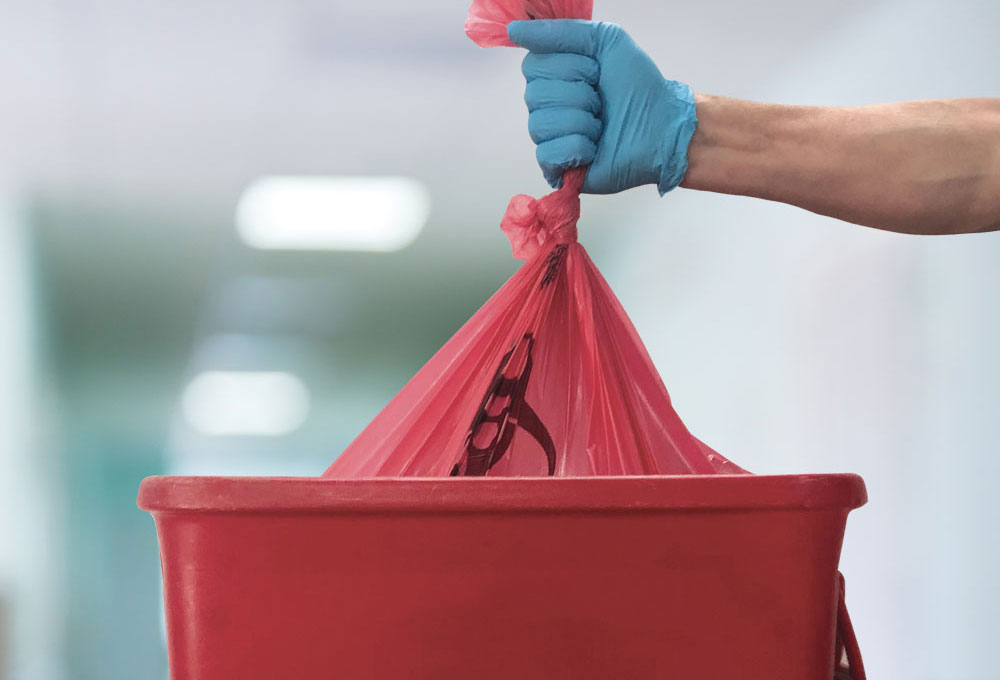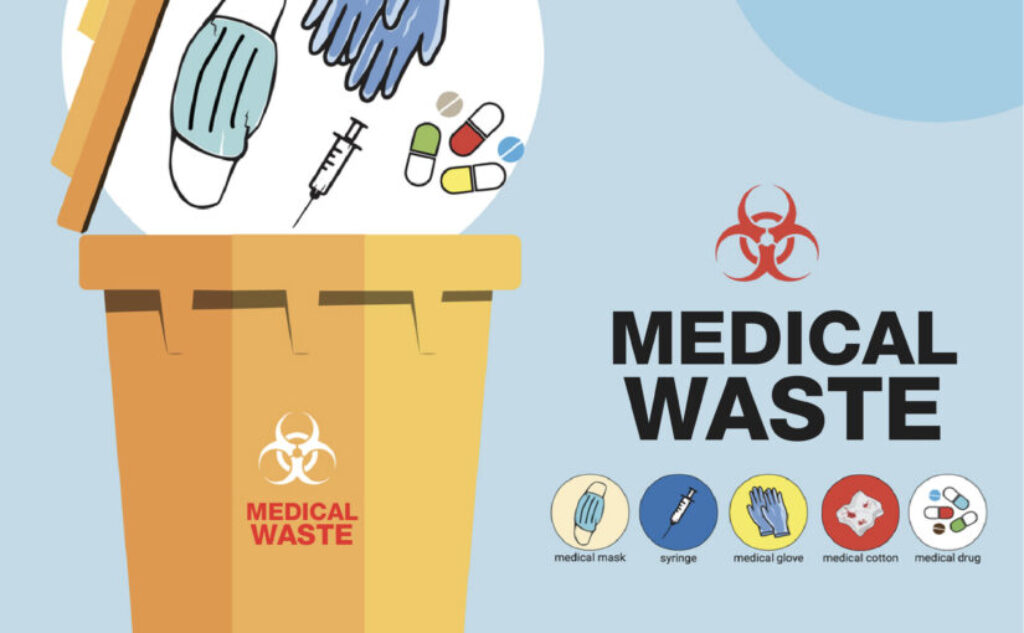
Are you a healthcare provider looking to reduce medical waste? Implementing a sustainable waste reduction program is essential for ensuring the safety of both your staff and the environment. You can start making a difference today by learning how to effectively manage your medical waste.
Table of Contents
Understanding the Benefits of Medical Waste Reduction

Source: youtube.com
Reducing medical waste brings with it numerous benefits for both healthcare facilities and patients. By reducing the amount of waste generated, healthcare facilities can save money, increase efficiency and even improve patient safety. These benefits may include:
- Lower operational costs: Reducing the amount of medical waste a facility generates can immediately lower operational costs across the board, including through savings on purchased supplies, reduced medical labor expense and decreased waste disposal fees. Implementing a medical waste management system is the cruical part for reducing it.
- Patient safety: Taking steps to reduce medicated packaging or removing items that could potentially be taken as a form of contraband in an active health care setting improves patient safety by decreasing opportunities for drug abuse or tampering with records or treatments.
- Greater sustainability: By eliminating unnecessary single-use products from the supply chain and utilizing sustainable processes throughout operations, healthcare facilities can significantly lessen their environmental impact while increasing energy efficiency in their operations and procedures. This helps protect finite resources and makes positive contributions to local ecosystems overall due to reduced pollution levels from organic compounds found in medical waste materials that would otherwise end up in landfills or groundwater sources if left untreated or dumped inappropriately.
Implementing a Medical Waste Reduction Program

Source: youtube.com
As the healthcare industry continues to grow and evolve, sustainability measures in the management of medical waste have become an increasingly important topic of discussion. Implementing a successful reduction program can have far-reaching implications, creating financial savings while promoting public health and environmental benefits.
A successful program should incorporate strategies that both reduce the amount of waste generated and encourage reuse or recycling wherever possible. Consider the following strategies when designing your medical waste reduction program:
- Recyclable materials: Provide staff with appropriate bins for recyclable materials, such as paper, cardboard, aluminum cans, plastic bottles and containers.
- Sharps containers: Install sharps containers at strategic locations throughout your facility – such as doctors’ offices and operating rooms – to properly dispose of used needles and syringes.
- Auction/Sale of medical equipment: Consider hosting an auction or sale for gently used medical equipment or supplies that are no longer needed or no longer meet safety standards.
- Donation program for unused medical supply items: Create a donation program for unused medical supply items (e.g., gowns, sheets) that can be distributed to charities.
Measuring the Success of a Medical Waste Reduction Program
Measuring the success of this reduction program is essential to determine whether it has been successful in achieving its objectives. Accurately tracking and analyzing data can help administrators make informed decisions regarding the implementation, maintenance and effectiveness of their program. However, there are several challenges associated with measuring the success of a medical waste reduction program, including identifying suitable indicators, collecting accurate data and evaluating the program’s performance.
Accurate data collection is also critical in order to accurately measure the success of a medical waste reduction program. Organizations should define clear policies on data collection methods (e.g., manually tracking individual weights or packaging sizes), document protocols on how this information should be captured (e.g., specific disposal methods for different types of materials) and ensure that all staff responsible for collecting data receive adequate training on proper handling procedures. Additionally, organizations may need to invest in technology such as RFID chips or sensor-enabled bins in order to automate the collection process and make sure that accurate information is consistently captured for evaluation purposes.
Finally, once an organization has collected accurate data over a sufficient period of time (e.g., six months), it can begin evaluating its performance by comparing these findings against pre-defined targets related to each indicator used (e.g., industry benchmarks). Typically during this stage administrators will compare generated performance levels against targets set at the outset while also evaluating improvements over time through statistical analysis such as average change over intervals or line graphs highlighting performance trends over extended periods (e.g., quarterly). Upon completion of this exercise administrators will have not only identified areas where their programs are successful but also identified areas where adjustments need to be made in order to further reduce their impacts relative to their defined objectives.
Strategies for Sustaining Medical Waste Reduction

Source: pinterest.com
Sustainable reductions in medical waste require consistent effort and oversight. To make sure your efforts are successful, it’s important to stay organized, be aware of the costs of medical waste, and use effective strategies for tracking and promoting reuse. Here are five key steps that can help you implement a successful medical waste reduction program:
- Calculate the costs associated with encountering, managing, and disposing of medical waste. This initial step will help you identify areas in which insurance companies may be able to provide greater coverage or hospitals may save significant money by reducing their purchases of certain items or switching to more cost-efficient models.
- Develop an understanding of the different types of medical waste generated in your facility. This will help you develop a strategy for segregating and disposing of various types of medical waste according to their unique characteristics and properties, as well as ensure compliance with federal regulations or state laws regarding proper disposal procedures.
- Incorporate strategies into regular routines such as using sharps containers at appropriate times or collecting discarded materials for reuse if medically allowable per FDA guidelines on reuseable items
- Establish procedures for continual monitoring so that all personnel understand the goals and expectations associated with responsible practices for reducing medical waste generation
- Utilize online resources such as website resources, e-learning modules, instructional videos, posters/flyers/handouts – anything you can use to inform personnel about hospital-level initiatives being taken toward eliminating sources of medical wastes
Conclusion
In conclusion, implementing a successful medical waste reduction program requires integrating both physical and administrative processes. There are no quick fixes for reducing medical waste – it’s a long-term endeavor that requires careful planning and evaluation to ensure optimal performance. Each facility needs to assess its needs and resource commitment to decide which strategies will best serve their needs while efficiently reducing waste.







